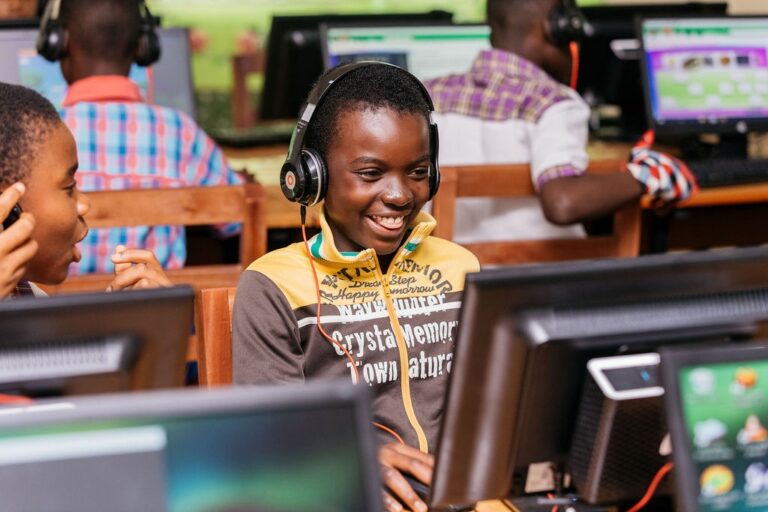The Child Protection Sub-Sector and the Education Sector in Cox Bazar are pleased to share with you Joint Child Protection and Education in Emergencies Rapid Need assessment report (JRNA), conducted between 4th to 6th December. The purpose of the JRNA is to identify the education and child protection emergency needs and priorities of Rohingya boys and girls in the camps, settlements and host communities in Cox’s Bazar. The JRNA aims to inform and guide the two sectors in the planning process of the Joint Response Plan for 2018. The assessment methodology counted on the knowledge of the refugees and host communities. A total 185 respondents were interviewed, comprising of key informants: teachers, parents/caregivers, community and religious leaders, of which 55% of the interviewees were female.
The JRNA’s Education in Emergencies (EiE) findings outlined in the report are aligned with the International Network for Education in Emergencies (INEE), Core Education Domains and relevant sub-themes: coordination, access and learning environment, teaching and learning and teachers and other personnel. The assessment, questions were focusing on coordination (actors working in education), access and learning environment (interruptions in learning and non-attendance; barriers to education for school-going age boys and girls; availability of spaces for education; teaching and learning (most helpful activities for children) and teachers and other education personnel (availability of trained teachers: level of education of teachers and preferences in teacher’s training support). Findings relating to Child Protection in Emergencies (CPiE) are aligned with the CPiE focus areas covering: risk and safety, unaccompanied and separated children, physical violence, child marriage, trafficking, psychosocial distress and child labor.
The interlink between the findings of the two sectors are interesting: child marriage and child labor are constituting as a major risk factor to children as well as major barrier for attending schools. This result was highlighted by respondents from both the host communities and refugees
Some of the findings in the report raise alarms and needs further in-depth assessments. For example, trafficking: 21% of respondents indicated clearly that known person(s) within community offered to take children away in exchange for a variety of incentives.
Allocation of spaces for learning facilities is urgently needed: 30 % of the interviewed teachers reported that the majority of the refugee children from post-August influx (the biggest caseload of refugees) had not attended school in the last 12 months. Interruption of schooling is reported across the different population groups, including in the host community.
The report outlines recommendations for the Government of Bangladesh, humanitarian actors and donors. It is our hope that these recommendations will be the first-step in an action plan to address the needs of children in the both the refugees and host communities in Cox bazar.



![[Preliminary Report] CRNA Collaborative Research for Exploring Factors Nurturing"Happy and Resilient" Children among Asian Countries](https://equity-ed.net/wp-content/uploads/2024/09/1725672182698.jpg)


